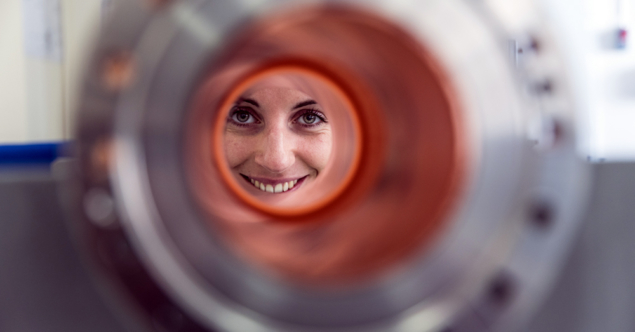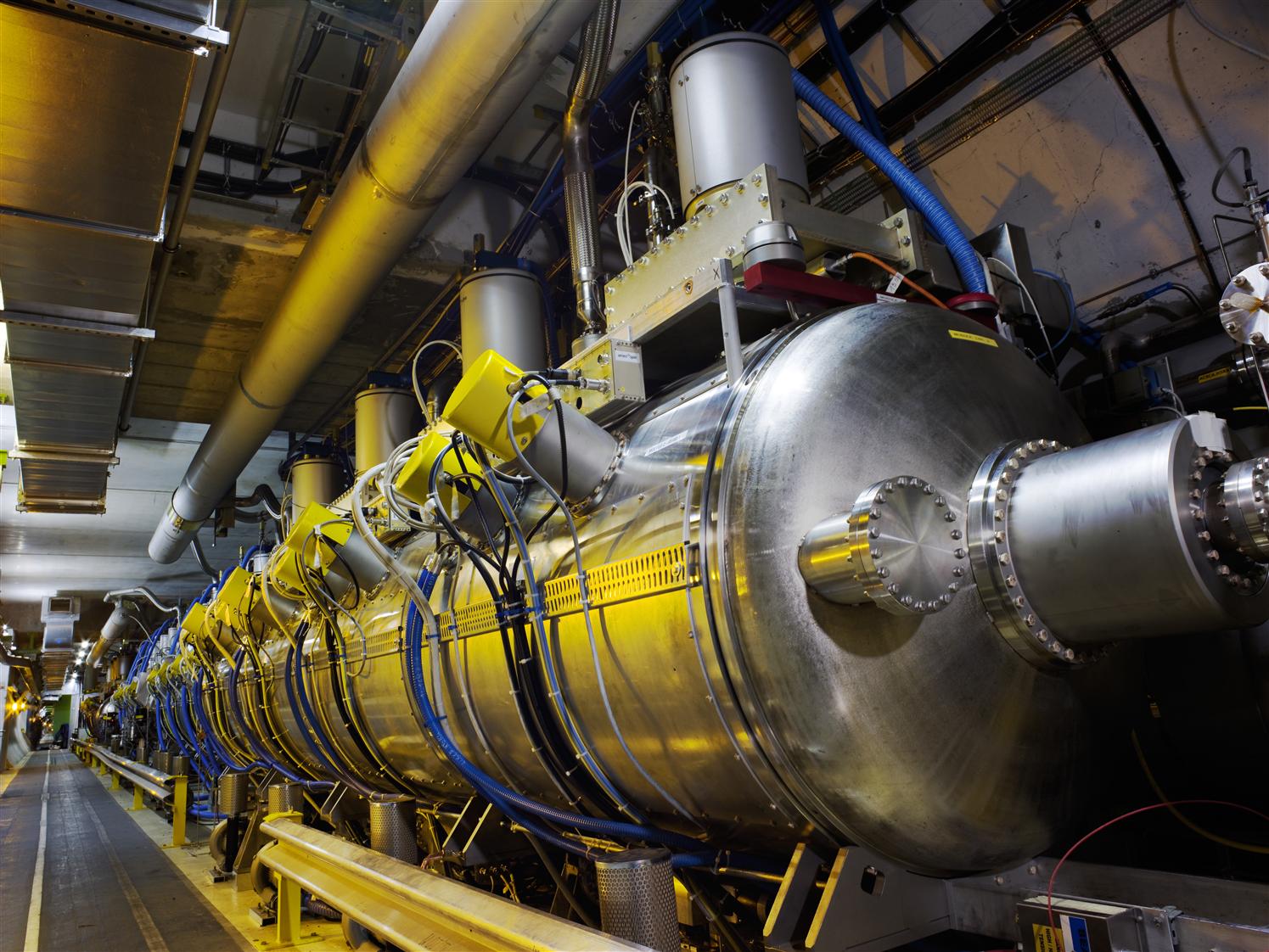Skip to main content
The RF system will be the centrepiece of any future circular lepton collider. The main role of radiofrequency (RF) cavities is to deliver power to the beam, accelerating the particles and compensating for synchrotron radiation losses.
The parameter range for FCC-ee is large, operating at centre-of-mass energies from 88 GeV to 365 GeV at a fixed synchrotron radiation power of 50 MW per beam. With a constant power budget for synchrotron radiation, the FCC-ee RF system must meet the requirements for both the highest possible accelerating voltage and very high beam currents in the same machine, albeit at different stages. The chosen approach also provides the opportunity to reuse a large part of the hardware and infrastructure for a subsequent hadron collider. In addition, a new twin-aperture magnet design for the dipole and quadrupole magnets promises a further reduction in the electric power consumption by 50% compared with conventional technologies.

The FCC study is actively pursuing R&D on coated RF cavities as these could allow different species of particles to be accelerated with higher efficiency at lower cost. The study is exploring different materials for coating and at the same time, the development of sophisticated fabrication processes which can lead to high performance superconducting RF (SRF) cavities, thus making this technology more affordable and opening a new range of applications.
Research in this field can be beneficial for numerous applications of accelerators in industry like medical imaging, and treatment, as well as for the development of future promising applications.
R&D focus on the following areas:
-
Achieve a high quality factor (Q0) at high acceleration gradient with acceptable cooling power
-
Explore the relative merits of novel low- and high-temperature superconducting thin films
-
Assess the suitability of innovative manufacturing techniques for superconducting cavities
-
Develop processes that can yield high quality superconducting thin films over large surfaces

